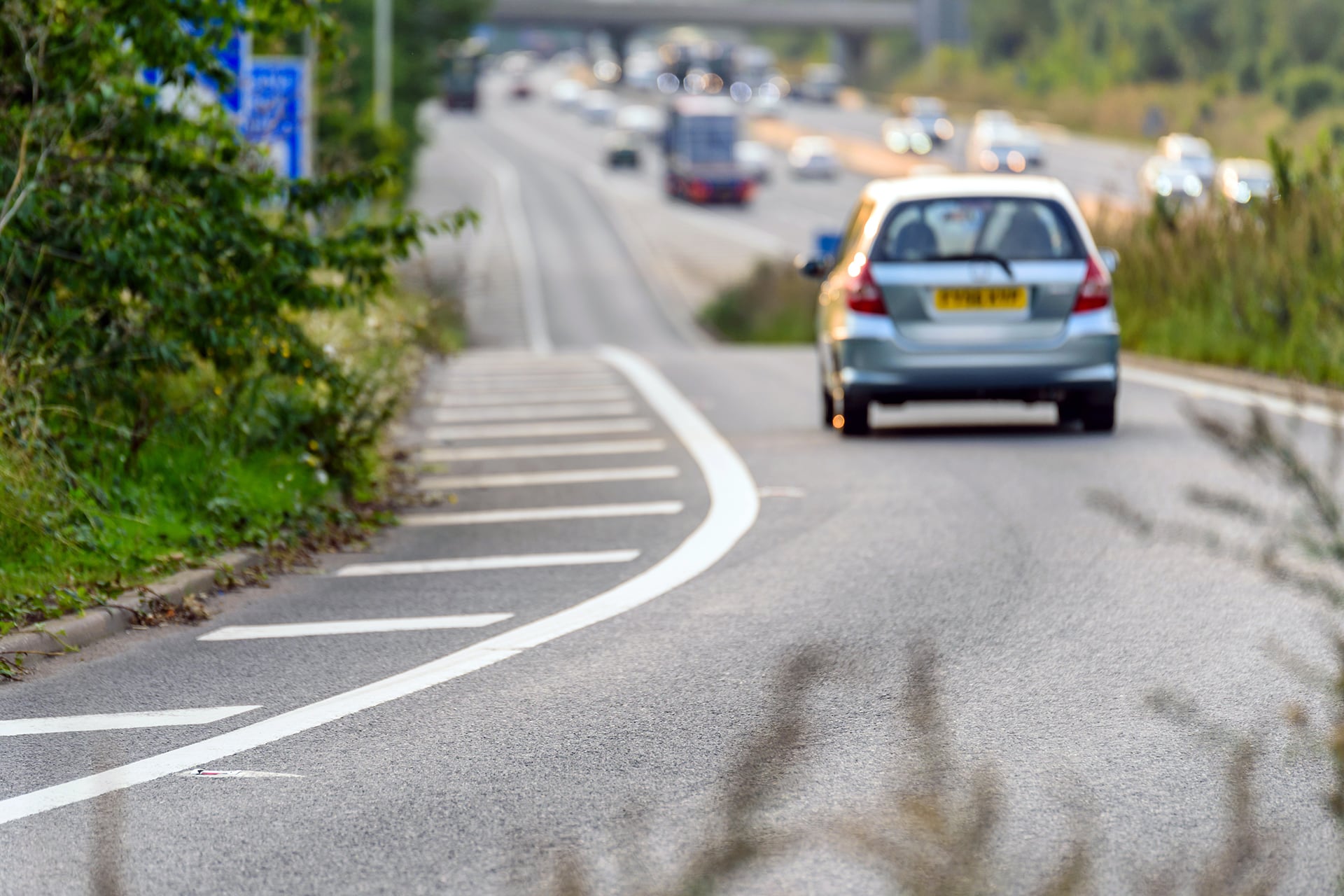When you make a claim on your car insurance, the excess is the amount of money you agree to pay towards your claim. If you are new to the world of car insurance and want to understand how car insurance excess works before you purchase temporary car insurance, this guide is for you. Here we answer a series of pertinent questions about car insurance excess, so you can comprehend what it all means.
READ ALSO: Temporary car insurance glossary and jargon buster
How does car insurance excess work?
If you get into an accident and need to make a claim on your car insurance, insurance excess is the amount of money that you have agreed to pay towards your claim. There are two types of car insurance excess: compulsory and voluntary.
What is the difference between compulsory and voluntary excess?
The two types of car insurance excess are compulsory excess and voluntary excess.
Compulsory excess is set by your insurance provider and is based on a number of criteria, such as your car’s make and model, the vehicle’s age, and its condition. Compulsory excess is also based on details about you, such as your age and where you live.
Voluntary excess, however, is chosen by you when you take out your insurance policy. You set the amount, or you don’t have to set an excess at all. The higher you set your voluntary excess, the cheaper your insurance premium will ultimately be.
Of course, you need to make sure that your excess is a figure that you can realistically afford to pay. Your voluntary excess is added to the compulsory excess when making a claim.
What voluntary excess should I choose?
When it comes to applying for a car insurance policy, a question many ask is ‘how high or low should I set my voluntary excess?’ The choice is yours and will depend on your financial situation and how you want to balance your insurance premiums and the excess upon making a claim. The higher your voluntary excess, the cheaper your insurance premium will be. However, don’t set your excess so high that you can’t afford it if you got into an accident.
When do you pay excess on car insurance?
You will only pay your car insurance excess when you make a claim on your car insurance policy. You won’t need to pay if you are making a claim on someone else’s insurance or if someone is making a claim on your insurance. If you are wondering, ‘do I have to pay excess if it’s not my fault?’ The answer is no. You only pay car insurance excess when the damage is done to your own car and when the accident is your fault.
When making a claim, your insurer will normally ask you to pay the excess fee right away and then they will make their investigation to decide who was at fault. If it is determined it wasn’t your fault, you will get your excess back. It’s always best to assume you will have to pay your excess fee to start the claim and then take it from there.
Sometimes, when making a claim, the excess will be deducted from your repair bill instead.
READ ALSO: Comparing temporary car insurance
What if I can’t afford to pay my car insurance excess?

It’s always a good idea to have savings in place and money set aside if you should get into an accident and need to pay an excess fee. When taking out an insurance policy, making sure you can afford the monthly rate and your excess is important. However, if you can’t afford to pay your car insurance excess or whatever is left over from your repairs, your insurer might offer you a payment plan. Though it’s best to avoid this situation and make sure you have the funds in place should an accident occur. You can also help yourself by not setting your voluntary excess too high.
What are high-excess policies?
For young drivers or those with driving convictions, it can be difficult to secure yourself an affordable car insurance policy. When you do, your premiums will be more expensive than other drivers as you are seen as more of a risk to your insurer. This is where high-excess policies come in. A high-excess policy means you can get more affordable premiums on your insurance if you are willing to pay a high compulsory excess. Unlike typical cover, you may even be required to pay for third-party claims.
If your insurer sees you as a higher risk of getting into an accident, your high excess will reduce the cost for an insurer if you do make a claim. So, make sure you can afford the insurance premiums and cover the cost of your excess.
READ ALSO: Temporary car insurance for convicted drivers
What is breakdown cover excess?
Breakdown cover excess is a fee you pay as an insured customer to your policy provider when they have provided you with the service of breakdown recovery. Whatever excess your breakdown cover comes with, this is the amount you will pay towards the recovery costs and, as with insurance excess, the higher the excess, the cheaper the premium. Many people choose to pay a higher excess figure to reduce the premium costs on their breakdown cover policy.
Car insurance excess with Dayinsure
If you have been previously wondering, ‘what is excess in insurance’, we hope the above has answered your questions.
If you are interested in obtaining cheap temporary car insurance, you are in safe hands with Dayinsure. The amount of excess on our policies varies, however, the amount will be confirmed before you purchase your policy. Also, once you have bought your cover with us, you can find your excess figure on the insurance certificate.
For more guides and insurance advice, make sure to visit our help and support page.



